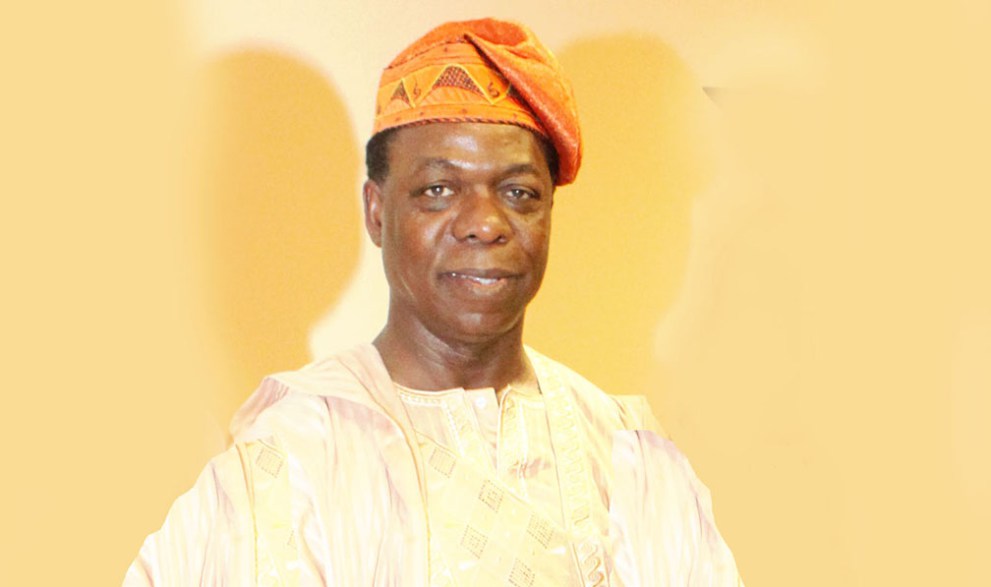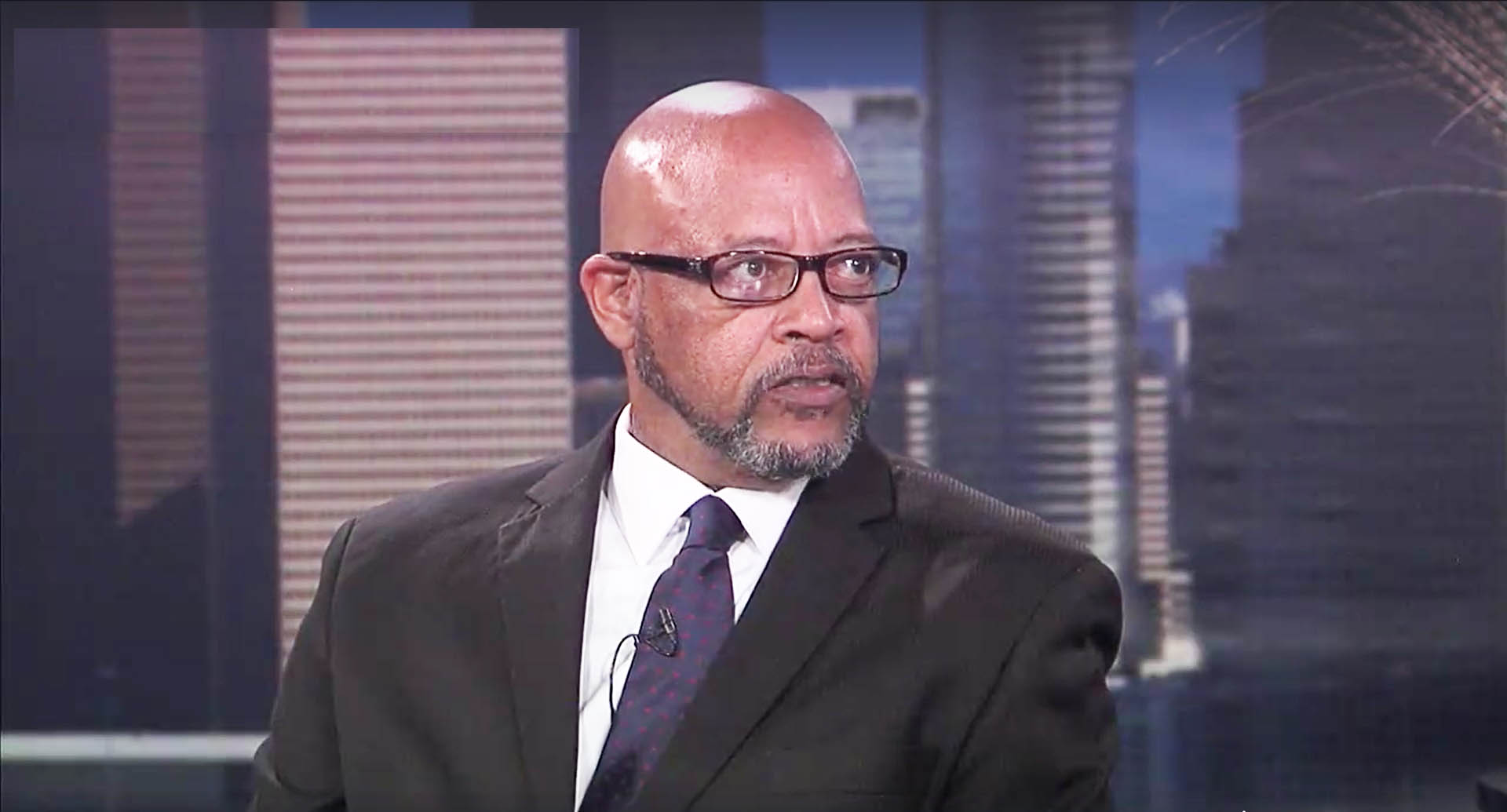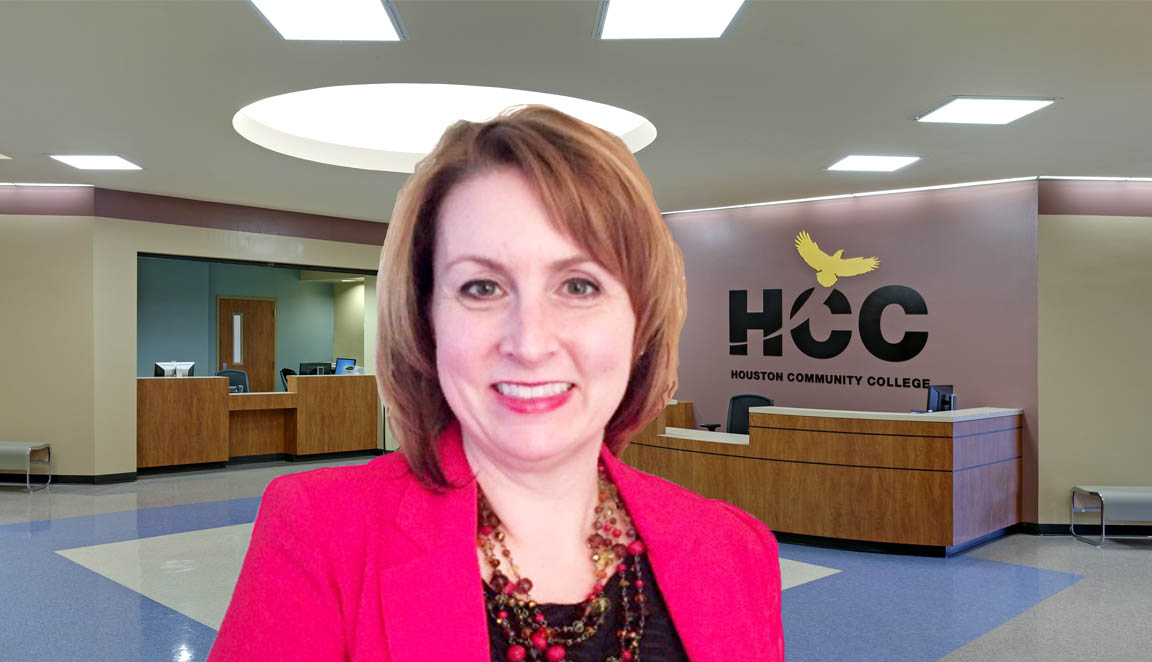
“..Officers would also pick up anyone they encountered who had entered the country illegally,” (ICE spokesman).
Just before 7 a.m. on May 11, Jonatan Palacios quietly closed the door to his apartment in Haverford, Pennsylvania, to avoid waking his wife. In the parking lot, he got into his car to drive to the restaurant where he works as the head cook. But as he pulled out of his parking space, Palacios saw two law enforcement officers in his rearview mirror walking toward his car. As they got closer, Palacios, who is an undocumented immigrant, could see the small logo on the upper left side of their chests—and knew they were from immigration. He checked the door handles, and felt a moment of relief when he realized the doors had locked automatically.
The immigration agents knocked on the window and asked him to get out of his car. Palacios froze. After a few seconds, he told the agents through the glass that he needed to make some phone calls. He called his boss to tell him he wouldn’t make it to work, his lawyer, and his wife, an American citizen, who was still asleep in the apartment. She came to the parking lot to ask the agents if they had a warrant to arrest her husband.
They didn’t have an arrest warrant, they told her, but they did have a deportation order issued by a judge in 2008—a couple of years after Palacios had arrived in America from Honduras when he was 17. Seeing no way out, Palacios opened the car door, hugged his wife, and allowed the officers to bind his arms behind his back with plastic zip ties. They brought Palacios to a processing center in Philadelphia before moving him to Pennsylvania’s York County Prison.
“I was so panicked,” Palacios says. “I was trying to think through every little detail. Eventually, there was nothing else we could do and I just got out of the car, gave Lillie a hug and went with them.
For the 11 million immigrants living illegally in the United States, fear of deportation isn’t new. Former President Barack Obama deported 2.7 million undocumented immigrants, the majority of them with criminal records, during his eight years in office — more than any other president before him —causing some immigration groups to nickname him “deporter in chief.” Yet barely six months into Trump’s presidency, immigrants like Palacios —people without criminal records who are working and raising families, and who have been living in the U.S. for a long time—are feeling even less secure. That’s because although Trump campaigned on an immigration policy that he said would target the “bad hombres,” his executive orders don’t fall in line with his candidate promises. In the time since Trump has taken office, immigration lawyers and advocates in cities such as Philadelphia have seen a spike in the number of people detained whom they say fall outside of the realm of the “bad hombre” definition.
In a statement to Newsweek, a spokesman for the Immigration and Customs Enforcement (ICE) said the agency is focusing first on detaining people who post a threat to national security, but he added that officers would also pick up anyone they encountered who had entered the country illegally.
Under Obama, the White House issued clear policy memos that directed ICE agents to prioritize criminals when sifting through the mountains of files of people facing deportation. The policy directed agents to focus on deporting only recent arrivals, repeat immigration violators and people with multiple criminal violations. Under the former administration, about 1.4 million people were considered priorities for removal.
Trump has taken immigration enforcement in a different direction. His orders effectively overturned Obama’s policy. Whereas before, agents had to follow a specified list of priorities, they can now go after any undocumented immigrant they deem to be a “risk to public safety or national security” —a deliberately vague mandate, say immigration experts, that gives individuals in the agency a lot of leeway to make their own choices. “With his executive orders, Trump played into [ICE officers’] worst instincts,” says Matthew Archambeault, Palacios’s lawyer, adding that officers “feel like they can be mean and not give any breaks to anyone.”
The result has been an increase in enforcement against immigrants without criminal records. Several lawyers in Philadelphia told Newsweek that ICE officers are arresting any undocumented immigrant they encounter, even ones that run red lights or stop signs. ICE agents now routinely raid houses, take in undocumented immigrants picked up for minor traffic violations like speeding, or go after old cases of illegal re-entry or missed court dates for immigrants who otherwise have no criminal records, according to Peter Pedemonti, the director of the New Sanctuary Movement, a grassroots, interfaith organization that works with immigrant families in Philadelphia during their court cases. “They [ICE officers] feel like the chains have come off,” he says.
The head of ICE “wants everyone to be afraid, and that policy and mindset trickles down through the ranks to the lower-level officers,” says Archambeault. “The real difference between Obama and Trump is tone and attitude. There is no one in the executive checking in on what ICE officers are doing.”
And Trump’s administration has been apprehending immigrants more swiftly than Obama’s did. In the first 100 days of Trump’s administration, ICE made 41,000 arrests of individuals known or suspected to be in the country illegally, about a 38 percent increase from the same time period in 2016. But those numbers, it seems, cannot be achieved by focusing on criminals. The biggest jump in arrests since January comes from undocumented immigrants without criminal records. Between January 22 and April 29, ICE arrested 10,845 people whose immigration violations were the only marks on their record. That’s nearly triple the number of immigrants, most of them criminals, arrested in total during the same time period in President Barack Obama’s final year in office.
The increase has been particularly dramatic in the mid-Atlantic region, where Palacios lives. The detention rate of undocumented immigrants without criminal records in Philadelphia, which has jurisdiction over Pennsylvania, Delaware, and West Virginia, is six times higher than during the same period in 2016.
That shift has directly impacted immigrants like Palacios. Now 27, he left Honduras for the U.S. at 16 in hopes of making money for his family. He worked odd jobs for a few months in Mexico before crossing the border to America in 2006, where he was caught and transferred to a detention facility in Texas for unaccompanied minors. He says the government got in touch with his cousin, who had married an American citizen in Philadelphia, and he went to live with them, attend high school and get his immigration status sorted.
But in his senior year of high school in 2008, he missed a court date related to his immigration status —he was busy with school, working late, and sleeping four hours a night after making the last train home. At 17, it just didn’t seem worth it. “I was young,” he says. As a result of the missed hearing, the judge in charge of his case issued an order of deportation. From then on, he would have to stay working in the U.S. illegally.
Palacios graduated high school, attended college, got a job and married Lillie Williams, an American citizen who works at an education tech company, in 2014. He couldn’t get a green card through marriage because the process was complicated by his deportation order.
This past October, Williams filed an I-130—the paper a U.S. citizen must submit to the government to establish a relationship with a relative who wants to immigrate to the U.S., a move that the couple believes may have triggered ICE to start looking for Palacios.
When he arrived at York County Prison this past May, Palacios met dozens of other men whom ICE had rounded up at the same time. The majority of them, he says, had no criminal record. Hundreds of undocumented immigrants were detained in the Philadelphia area in April and May. He made friends, most of them from Latin America or countries farther away, like Somalia. “A lot of them didn’t have lawyers,” Palacios says.
York County Prison includes a separate wing for ICE detainees, but it filled up quickly, and Palacios and the others had to move in with the criminal prisoners. Behind bars for one month until his bail hearing, Palacios says he took care of another immigrant—a mentally ill 22-year-old man who couldn’t feed himself. In the afternoon, he took naps on his bunk, often waking up to see a line of men waiting for the nurse. He says almost all of them had “fungus bubbles” on the back of their heads from contaminated water. Palacios slept on what he called a “thinner than rug” mattress. But none of that compared to the fear he felt during the middle of the night. That’s when officers would come into the cell and snatch ICE detainees from their bed before deporting them back to their home country. “Now, every night,” he says, “I wake up at 3 a.m.”
At Palacios’s bond hearing on June 15, he and his lawyer pleaded over teleconference to the judge in Virginia that he should be let out because he is not a threat to his community. The judge set bail for $4,000. When Palacios heard he would get out on bail, he was still anxious. There is no guarantee that he will be able to stay in the country, though his lawyer and advocacy group contacts say he has a good chance. They point to things like the fact he has no criminal record, he came to the country when he was an unaccompanied minor, and that he comes from a notoriously dangerous country where his family was often robbed.
For now, Palacios is learning how to re-adjust to living at home. He plans to go back to work, and to continue following up with his immigration case, fighting deportation. He and his wife will have to file more paperwork. Meanwhile, they have yet to hear back on their I-130 application, which would begin the process of his becoming a legal citizen. He also has a pending asylum case—which often takes a long time to process. An applicant must go through several rounds of interviews and prove that he or she needs to stay in this country because return to their home would place them in imminent danger.
Both Palacios and Williams know the path will be long, but they are determined. “At this point, I am just happy I am home,” he says. “Everything else I can deal with. Just being here with Lillie is all that matters.”
♦ Culled from the Newsweek





